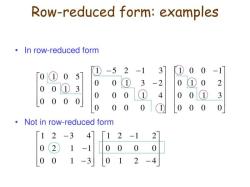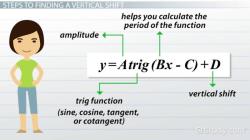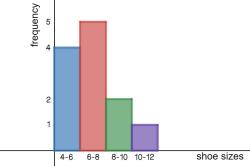How to find inscribed angles in circles?
To find inscribed angles in circles, you can follow these steps:
Understand the Inscribed Angle Theorem: The Inscribed Angle Theorem states that an inscribed angle in a circle is equal in measure to half the central angle that subtends the same arc. In other words, if you have an inscribed angle that intercepts a particular arc, the measure of that angle is half the measure of the central angle that covers the same arc.
Identify the Central Angle: Start by identifying the central angle in the circle. The central angle is the angle whose vertex is at the center of the circle, and its sides extend to the endpoints of the arc you are interested in.
Measure the Central Angle: Use the information provided to measure the central angle in degrees. If you don't have the measure of the central angle, you can calculate it by dividing the arc's measure by 2. In symbols, if the central angle is θ and the arc's measure is α, then θ = 0.5 * α.
Use the Inscribed Angle Theorem: Once you know the measure of the central angle, you can find the measure of the inscribed angle that subtends the same arc. This measure will be half of the central angle's measure.
Here's a simple example to illustrate:
Suppose you have a circle with a central angle of 120 degrees, and you want to find the measure of the inscribed angle that subtends the same arc.
- Identify the central angle, which is 120 degrees.
- Use the Inscribed Angle Theorem: The inscribed angle's measure will be half of the central angle's measure.
- Calculate the inscribed angle: 0.5 * 120 degrees = 60 degrees.
So, the inscribed angle that subtends the same arc as the 120-degree central angle measures 60 degrees.
Keep in mind that this method works when you have a central angle and want to find the inscribed angle. If you have an inscribed angle and want to find the arc's measure, you can reverse the process by doubling the inscribed angle's measure to find the central angle's measure.













